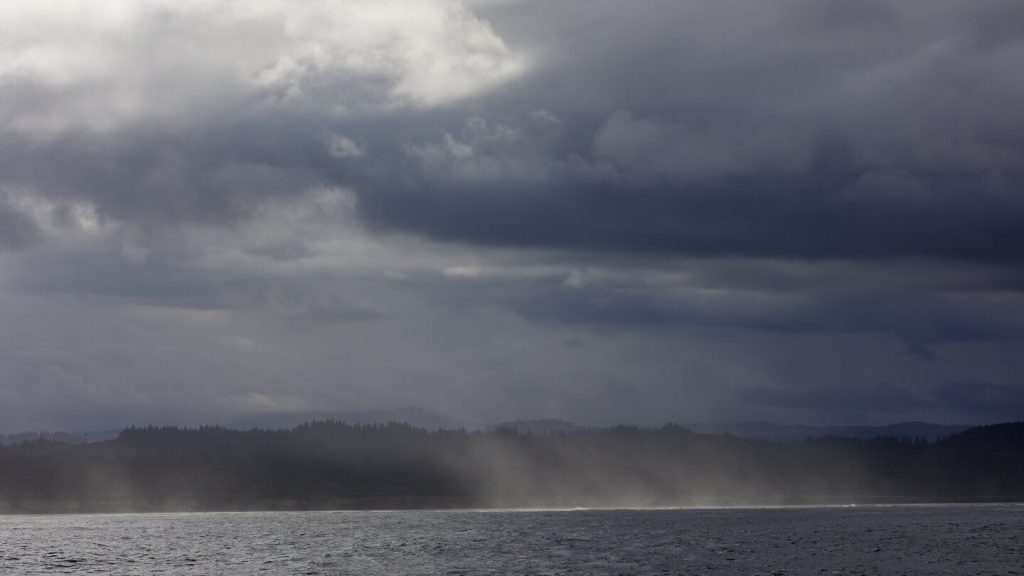In a new development in renewable energy, Oregon State University oceanography professor Burke Hales is spearheading the installation of subsea cables for the first large wave energy test site in the continental U.S. Located a mile off the central Oregon coast, this site will connect to the local power grid, harnessing the high swells and energy of the Oregon coast. Wave energy, along with floating wind turbines, is seen as a key component in the shift towards clean alternatives to traditional electricity generation that contribute to climate change.
The Biden administration recently announced a $112 million investment to boost the design, fabrication, and testing of wave energy devices in the United States. While wave energy is still in the early stages compared to floating wind, its potential is significant. Marine energy, which includes power generated from tides, currents, and waves, is identified as the world’s largest untapped energy resource, according to the National Renewable Energy Laboratory. On the other hand, floating wind turbine technology is more advanced but still encountering challenges in development.
Offshore wind power development on the West Coast relies on floating turbines due to the deep ocean conditions that prevent traditional turbines from being anchored to the seafloor. While there are several small-scale floating offshore wind projects globally, including Hywind Tampen in the Norwegian North Sea, the technology has not been implemented on a commercial scale in the United States. California, Maine, and Oregon have been paving the way for commercial-scale floating wind farms, with issues of opposition and consultation with tribes and communities arising.
Resistance to floating wind projects off the Oregon coast has been voiced by tribes, fishermen, and coastal residents concerned about the impact on sea life, marine habitat, and cultural heritage sites. Visual simulations from the Bureau of Ocean Energy Management indicate that the lights from offshore wind turbines would be visible from the shore, raising issues of aesthetics and environmental impact. There are ongoing legal battles and community referendums regarding offshore wind development, highlighting the complexities involved in transitioning to renewable energy.
In contrast to the challenges facing floating wind projects, the wave energy test site in Oregon has not sparked similar resistance. Researchers have worked closely with fishermen to identify suitable locations for testing wave energy devices, contributing to a smoother permitting process. The PacWave South site in Oregon will be the first grid-connected wave energy test site in the continental U.S., enabling companies to deploy and test their devices in real-world conditions. With the potential to generate 20 megawatts of electricity, the wave energy test site demonstrates the progress being made in harnessing the power of the ocean for renewable energy.
Oregon Governor Tina Kotek acknowledges the challenges and opportunities presented by offshore wind and other renewable energy options in meeting the state’s climate goals. Despite initial missteps in the federal government’s approach to developing floating wind projects, she emphasizes the importance of exploring clean energy alternatives. As Oregon aims for 100% clean electricity by 2040, the development of offshore wind and wave energy technologies will play a crucial role in achieving sustainable energy goals while addressing climate change.


